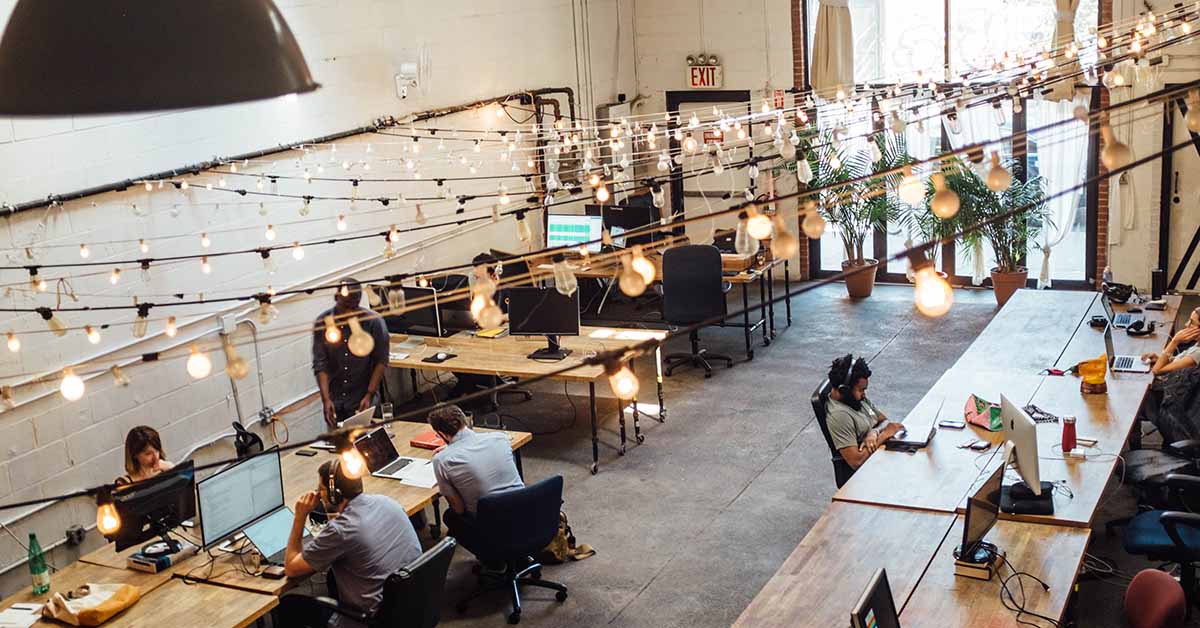By Diana Brown
Recently, the popular coworking space WeWork filed for IPO. This momentous business decision marks the beginning of a new era for working spaces – but what does this mean for traditional office life and its employees?
WeWork has been discreetly working away on the process of filing for IPO since December. This announcement spells out a future of growth and promise for the company, as they continue to build their brand name and diversify their offerings, taking the concept of collaboration into multiple aspects of individuals’ lives.
WeWork isn’t the only company of its kind, however. Coworking spaces as a whole are enveloping a community of freelancers, entrepreneurs and creatives, with the number of members across spaces projected to skyrocket to 5.1 million by the year 2022. Currently there are 3.1 million members in the coworking community. This growth potential can be attributed to not only the growing popularity of the idea of “coworking”, but also evolving standards for the spaces themselves. New coworking locations are expected to be bigger and better than their predecessors, with larger spaces to accommodate a higher number of occupants, as well as new niche offerings for industry specific segments.
This growth of coworking very much mirrors greater trends of employment and work preferences in the world of business. Millennials are a generation full of self-starters who are working for themselves, with the average millennial age entrepreneur starting their own business at age 27, compared with the baby boomer generation average of age 35. These people are looking for a space that gives them all of the benefits of office life, with reduced costs. In addition to that, coworking spaces provide these entrepreneurial-minded people with opportunities to network and connect with like-minded peers. The networking opportunities within coworking spaces are also bolstered by the fact that many are skewed to be very urban-centric.
Coworking spaces have the numerical projections to prove their growth and booming popularity, but what is also crucial to recognize is the way the shifting regard and perspective on work-life balance has pushed this trend to come about. The workforce’s newest generation of employees are seeking a unprecedented degree of work-life balance, which includes a desire for more comfortable working arrangements as well as flexibility in timing and location of work. Coincidentally, coworking spaces account for all of the above desires.
Many offices still operate on the traditional 9-5 schedule. They expect the whole team to be present in the office all day, and function on the assumption that the office lives and breathes as a whole, during the work week. This configuration continues to be functional and still the norm. Coworking may not fully eclipse this more traditional workplace layout in the next five, or even 10 years, yet, it is important to note that it is a highly desirable option in the marketplace and definitely reflects a changing and evolving perspective on the ideal working environment.






